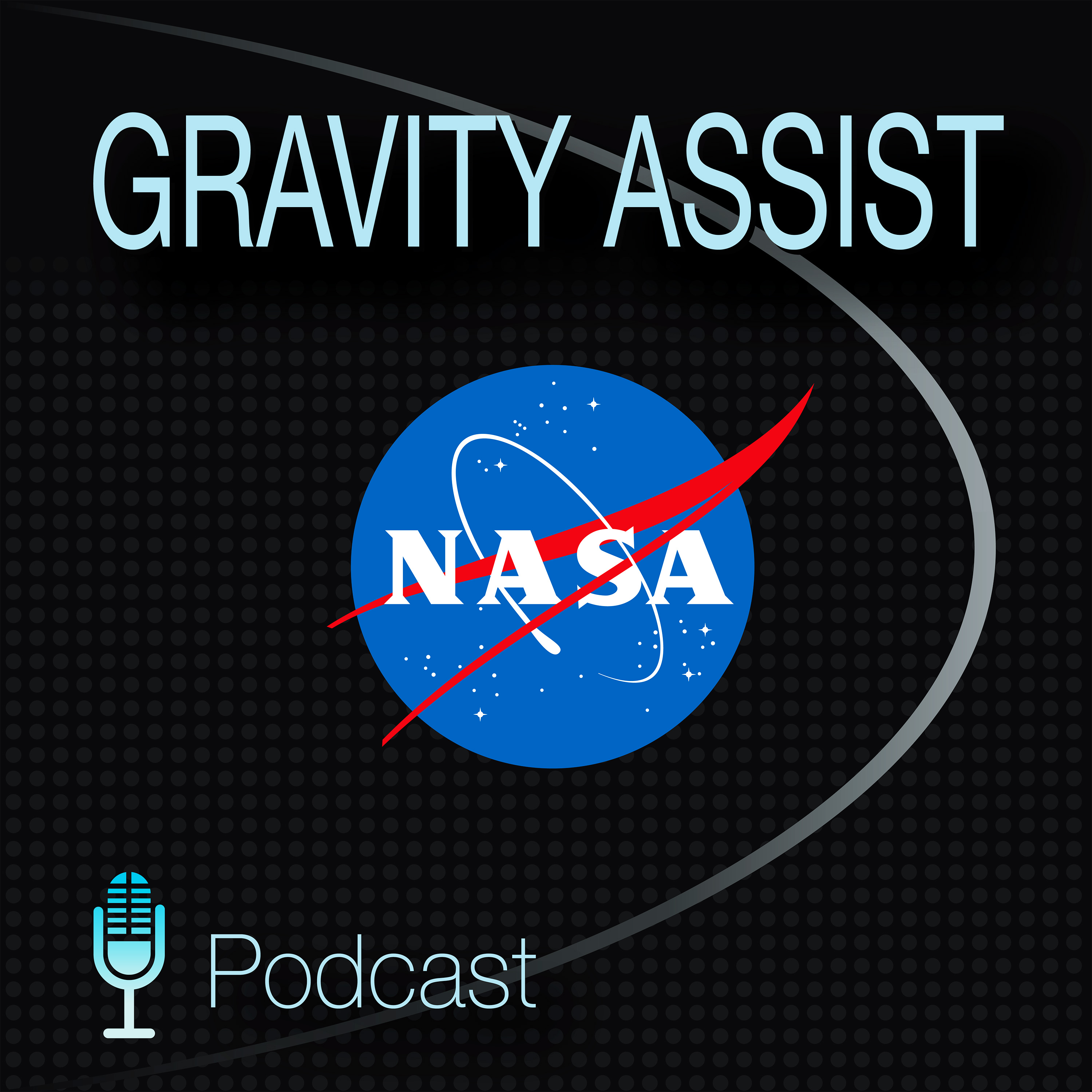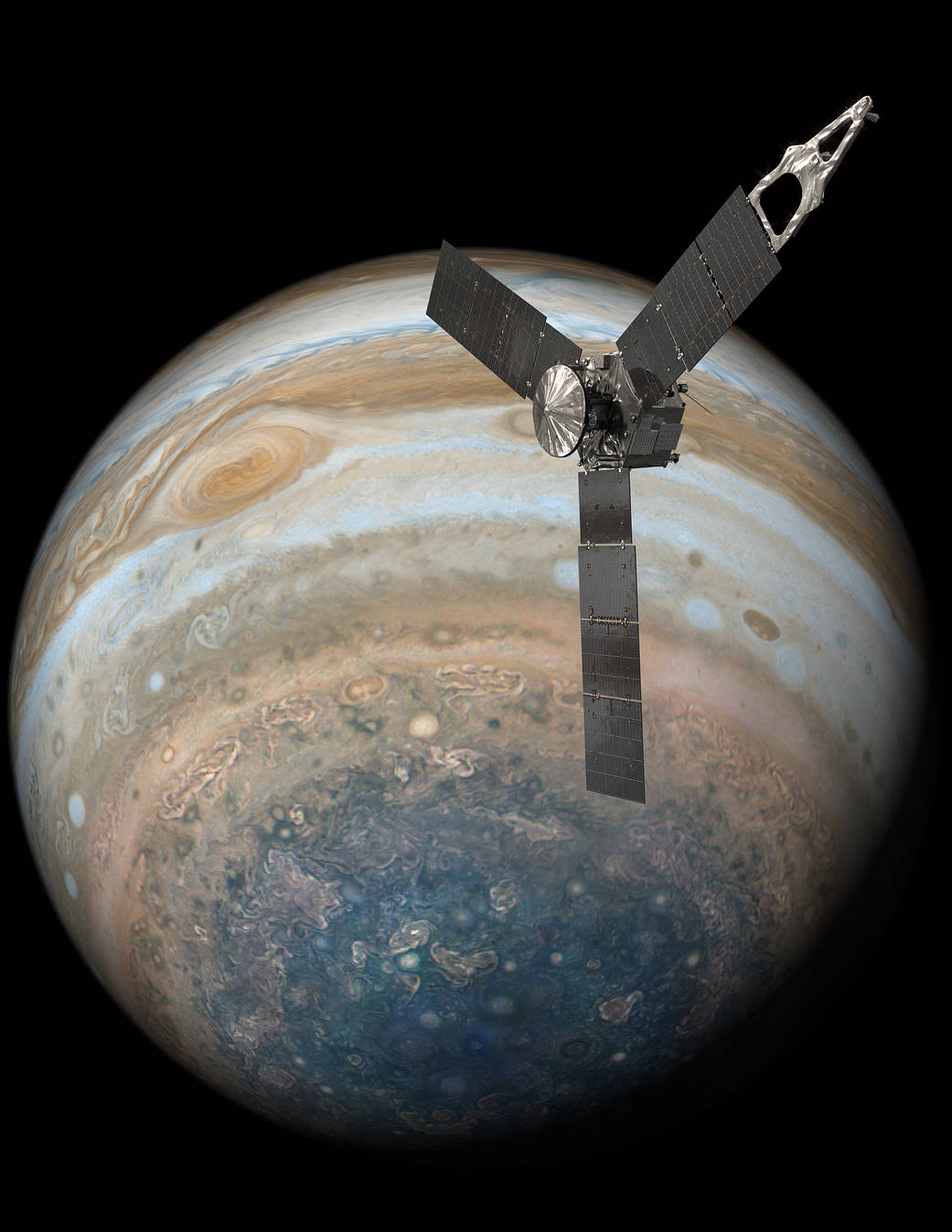
Transcript:
Jim Green:Our solar system is a wondrous place with a single star, our Sun, and everything that orbits around it – planets, moons, asteroids and comets – what do we know about this beautiful solar system we call home? It’s part of an even larger cosmos with billions of other solar systems.
Hi, I’m Jim Green, Director of Planetary Science at NASA, and this is Gravity Assist.
With me today is Dr. Jared Espley. He’s a planetary scientist at Goddard Space Flight Center, but he’s also the program scientist on Juno, one of planetary science’s fantastic missions.
Now today, we’re gonna talk about the big guy on the block, Jupiter. It’s the “800-pound gorilla” of all our planets. Jared, why is it so big? Why did it get the way it is?
Jared Espley:We actually don’t know that, Jim. That’s, I mean, that’s one of the really cool things in science is, you know, we don’t know how exactly Jupiter formed and how planets in general formed throughout the universe. And so, that’s what Juno mission is designed to do, to try and help us understand how planets form, in general.
I mean, part of the answer, of course, is that gas condensed into solar nebulae to form Jupiter, but exactly under what circumstances that happened and why Jupiter was the largest in our solar system, we just literally don’t know.
Jim Green:You know, we think that as the planets were created and Jupiter obtained most of the gasses, that it would have or could have rivaled the Sun at one time in terms of being able to turn on and become another sun since quite a few–I think the large percentage of stars in our galaxy are double stars, so Jupiter perhaps was a failed sun.
Jared Espley:Yeah, that’s right. I mean, basically, you just need to get enough mass that you ignite nuclear fusion, of course. And so, Jupiter didn’t quite get there, but it’s the largest planet in our solar system.
Jim Green:Actually, I think the calculation is it takes about 80 times the mass of Jupiter to get it to the point where it’d become a sun.
Jared Espley:Uh-huh.
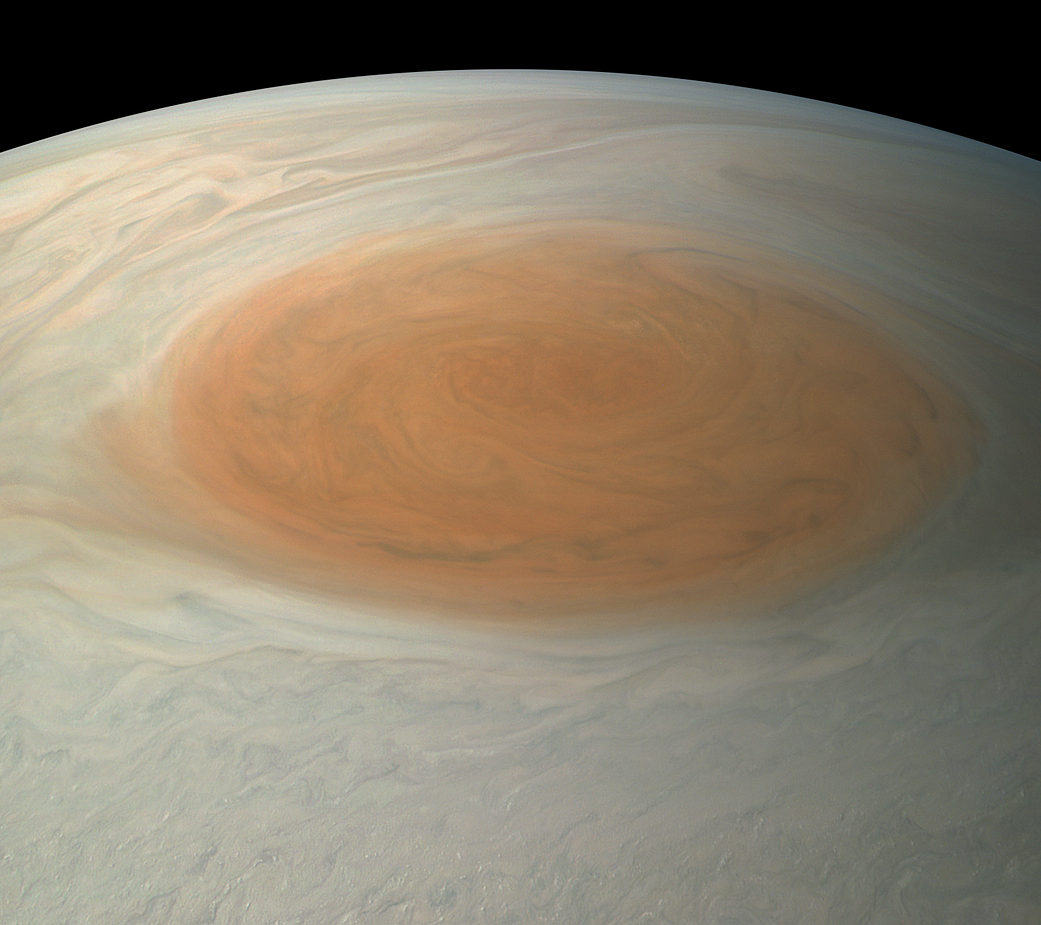
Jim Green:You know, one of the most iconic and fascinating features of Jupiter is its Great Red Spot. You know, Juno’s really learned a lot about the planet as it’s passed over very close, but the red spot, it just passed over this summer. What did we find out?
Jared Espley:Yeah, like you said, we–you know, we’ve seen a lot of images of the red spot over the years, but Jupiter has all these instruments that are specifically designed to look underneath the clouds of Jupiter. And so, we used those instruments in this specific case to look at the Great Red Spot. And so, what they found in particular with a microwave radiometer, which basically just means that we can see the emissions and the microwave coming from deep down in the atmosphere, that it was warmer underneath the Great Red Spot very deep down, way down into the deep atmosphere, hundreds of kilometers deep.
And so, clearly, there’s roots, there’s sources of atmosphere turbulence down below, the details of which are being worked out. But, it means that not only is it an iconic storm at the surface but it goes deep down into the atmosphere.
Jim Green:Optical astronomers have been using telescopes to observe Jupiter for several decades and hundreds of years, and they have been observing that the red spot is shrinking. What’s been happening? Do we know yet?
Jared Espley:I don’t think we really do. Again, that’s one of the awesome things about science is always mysteries. Like you say, observationally, we can see clearly at the surface that it’s shrinking. Again, we just talked about the roots deep down, whether they’ve been growing or shrinking. We have no idea because, of course, we just have those measurements from Juno recently.
But, we want to keep tracing that and be able to see the evolution of this gigantic storm over the next decade or so and see how that compares with the past few hundred years.
Jim Green:One of the really exciting instruments on Juno that I really love is the Waves instrument.
Jared Espley:Uh-huh.
Jim Green:And that’s an instrument that makes measurements of electromagnetic waves. And we’ve got a process for which they take those waves that are electromagnetic that are observed by the Waves instrument and convert them into sound, and that’s really been a fascinating opportunity for us to, in a new way, listen to the sounds of Jupiter, listen to the sounds of space. What does that tell us?
Jared Espley:So, as you well know, the waves that we typically are recording, these electromagnetic waves are produced by the different energetic particles that are at the different planets, and they produce different types of waves. In some cases, they can be related also to lightning activity. We have whistler waves at Earth. We have these at Jupiter, as well.
So, a lot of these things are the electromagnetic waves. But like you say, the audio version, the sonified version just makes this really eerie space music in some ways.
Jim Green:Yeah. So, let’s play a sound clip.
[Sound clip.]
Jupiter as the big guy on the block also seems to have most of the moons. How many moons does Jupiter have?
Jared Espley:We think it has dozens, 50, 60 moons, but it has four major satellites, the Galilean satellites that were discovered by Galileo hundreds of years ago. And those moons are particularly interesting to us because they are full worlds in their own right and really interesting features – oceans, ice, tenuous atmospheres. And so, they’re really fascinating moons.
Jim Green:Yeah, they’re huge. I think Europa, which is the smallest of the four, is just a little smaller than our own moon. And then Ganymede is the largest moon in the solar system, plus it has its own magnetic field.
Jared Espley:Yep.
Jim Green:How cool is that?
Jared Espley:Yep, they’re real worlds in their own right.
Jim Green:One of the things that the moons do, of course, is, as they orbit the planet, is they really connect to the magnetic field of Jupiter, and that produces all kinds of effects. What are some of those things?
Jared Espley:Yeah, it’s really neat how the magnetic field does that connection between the moons and Jupiter itself, like you said, because one of the main things that we think is happening is that material from some of the moons, Io in particular, is being lofted into space. Giant volcanoes on the moon are blowing material into space. It becomes ionized, loses an electron and then gets entrained in the magnetic field and driven back into Jupiter then. So, there’s a literal physical connection between a moon, volcanoes blowing stuff into Jupiter. And when that happens, then it produces the aurora that we can see at Jupiter, those northern and southern lights. And so, it’s just an awesome connection between geology, space physics and Jupiter itself.
Jim Green:Jupiter’s magnetic field is really quite different than the ones that we’re used to around some of the other planets, but it also gives us an opportunity to study where the magnetic field is generated. What are we learning about Jupiter’s magnetic field?
Jared Espley:Yeah, so Juno as a mission, like I’ve said, is designed to look inside of Jupiter, and one of those ways is through the magnetic field, like you mentioned. And so, with our instruments on board Juno, we are learning that the magnetic field at Jupiter is even more complex than we thought originally. It’s got this global planetary magnetic field that we knew something about to begin with. But, it looks like there’s even more structure going on there. So, there may or may not be multiple places where the magnetic field’s originating, something deep inside and something maybe a little closer to the surface. We’re starting to just disentangle that now.
Jim Green:Perhaps that is related to the core of Jupiter, and Juno is designed through its gravity measurement to make some of those measurements. What are we finding out about the size of Jupiter’s core?
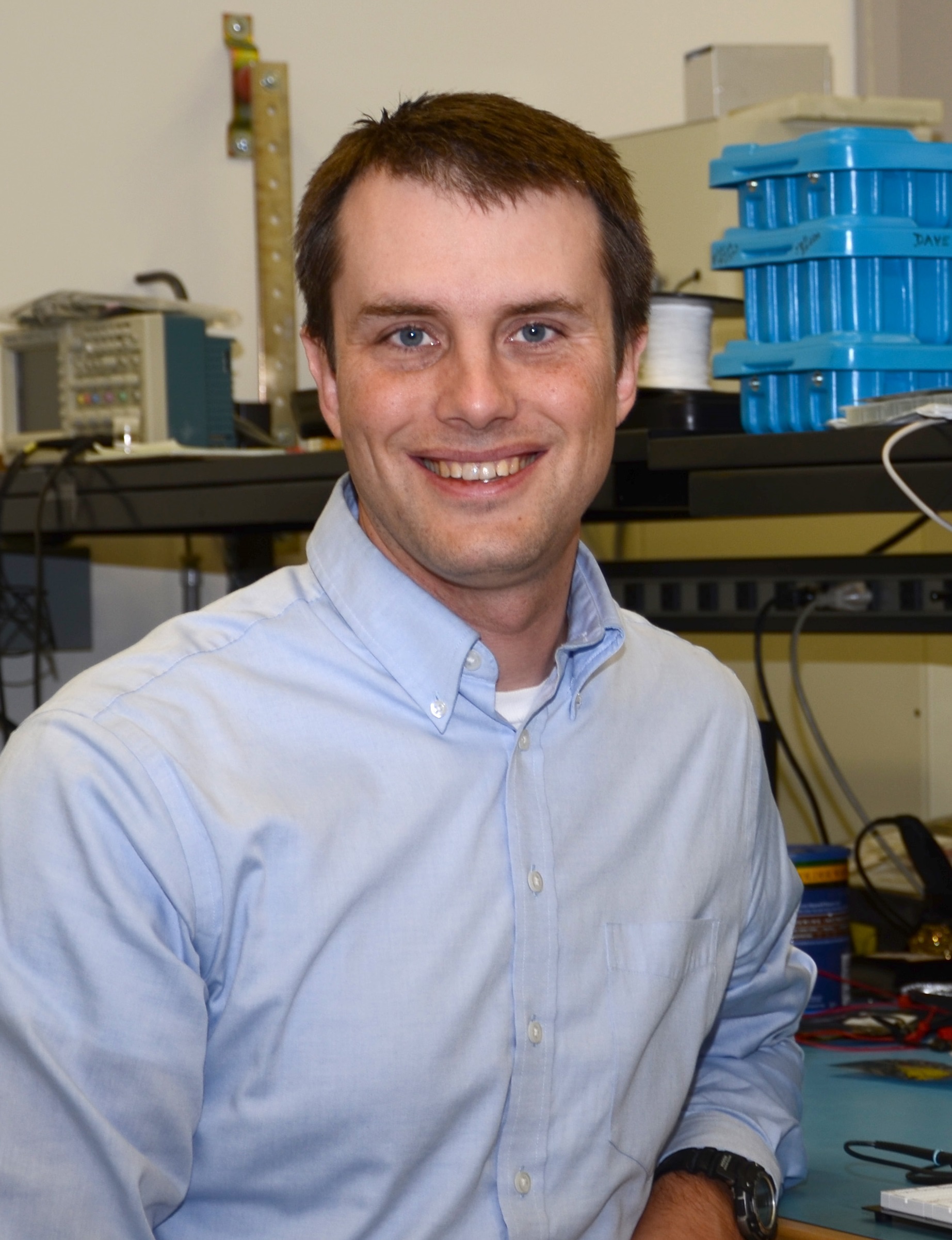
Jared Espley:Yeah, exactly, the two–the gravity and the magnetic fields are ways to probe that deep interior. And so, working together, they’re starting to revise the classic picture that we’ve always had in our mind where we thought there might be a dense rocky core in the center surrounded by really, really condensed hydrogen and helium and a metallic layer because it’s under so much material–or so much pressure and then the lighter layers above that of gas.
And so, the gravity measurements are starting to really kind of upend this classical view, and it looks like it may just be more well mixed down there. There may not be the classic rocky core that we thought. But, honestly, there’s a lot of controversy, discussion going on right now within the science team, which is what you want. You want to have scientists arguing because that’s what’s fun.
Jim Green:You know, we’re gonna be talking to Linda Spilker (project scientist for NASA’s Cassini mission at Saturn) about some of the gravity measurements being made at Jupiter and finding out about cores from another sister planet, which is Saturn. So, indeed, we’re really heading towards, I think, a tremendous understanding of these giant planets.
One of the things that Jupiter’s got that is just absolutely spectacular are the beautiful cloud structures. What is Juno finding out about these?
Jared Espley:Yeah, so we have, like I said, a lot of interest to look inside, but we also happen to have this instrument, the JunoCam instrument, that’s creating these amazing pieces of data and art at the same time. And so, some of those images are just beautiful to look at, but some of them are really revealing new science. And a lot of that’s in the polar regions because we’re getting really good imagery at the polar regions that we didn’t have before. And we’re starting to see all these storms, these vortices that are swirling around the polar regions, and so the JunoCam’s really starting to tease out how the polar atmosphere is working.
Jim Green:How come we didn’t see these before? Is this something new?
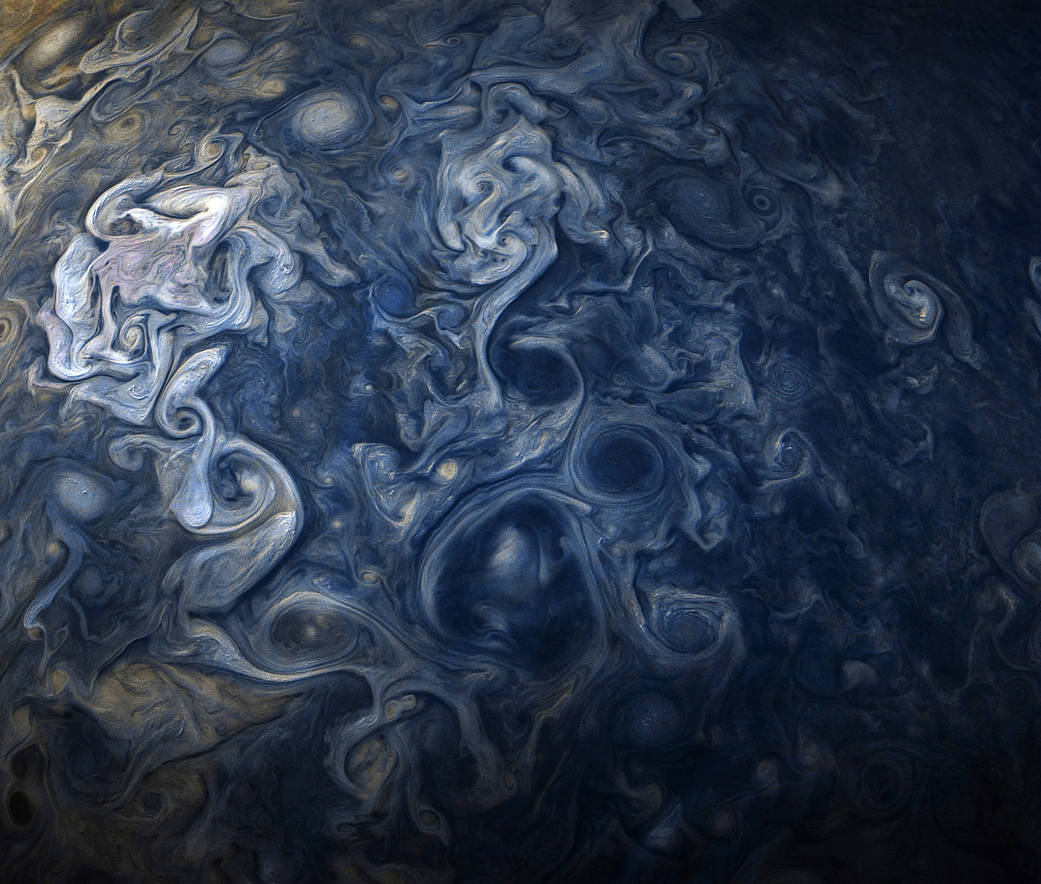
Jared Espley:It is because almost all of our imagery either comes directly from Earth, of course, where we have the Hubble Space Telescope or even the backyard telescopes that the listeners might have where you can look at Jupiter. But there, you’re able to see the side view of Jupiter, and it’s almost impossible to see the top view unless you happen to have a spacecraft there flying directly over that top view, which we do.
Jim Green:Yeah, and that’s Juno, and it’s been doing a fantastic job now for well over a year. And indeed, it’s going to be making more measurements well into the future.
You know, it was a real nail-biter when Juno really arrived at Jupiter on July 4th of 2016. How tricky was it for engineers to get that spacecraft into orbit?
Jared Espley:Well, of course, there’s millions and millions of things that you have to do right to make a spacecraft work, and that’s all to the–you know, it all worked perfectly as a testament to our engineering colleagues. The actual event itself was the fire of the rocket engine, and they did it at precisely the right time and at precisely the right amount of time. So, I mean, it was superficially easy, but there’s millions of things that happen–have to happen right to get you to that point.
Jim Green:So, Juno’s in a 53-day orbit, and this gives us, I think, fabulous close encounters over a two-hour period, and then we spend a lot of time planning instruments and doing other things. What’s happening during the rest of its orbit?
Jared Espley:So, yeah, so it comes in every 53 days, like you said, super close in, makes a lot of these interior measurements we’ve been talking about. But, one of the other major science goes is to try and understand the near space environment at Jupiter, what we might call the magnetosphere. And in the magnetosphere, it has all these particles and waves like we talked about before, those really awesome sounds from the Waves instrument. And so, we want to try and understand how the magnetosphere works. So, we’re taking continual data all throughout the orbit, but especially with the magnetosphere oriented instruments when we’re far away from the planet.
Jim Green:You know, compositionally, Jupiter and Saturn are pretty similar in nature. We call them the gas giants, dominated by hydrogen and helium mostly. But, you know, structure-wise, from the cloud shapes, they’re very different, particularly in the northern hemisphere. What’s the difference?
Jared Espley:Yeah. So, with JunoCam, on Juno, we’ve started to see these polar vortices swirling around the north pole — north and south pole — at Jupiter. At Saturn, there’s this hexagon, and so it’s a really interesting storm that really catches your eye because you don’t often see angular features in nature like that. And so, that storm is produced by the cloud features and the wind patterns of their respective planets, and I think that’s something scientists are really interested in looking at in more detail.
Jim Green:Yeah, that’s one of those things that, you know, we just have to compare the two planets and try to figure out what the difference is, even though as huge giant planets, there’s so many similarities.
Jared Espley:Yep.
Jim Green:Jupiter is, as we said, the big guy on the block, the planet’s that got the most gas. But, it also is pretty huge in size, and it’s really one of those that attracts small bodies that come through. What’s been happening over time as we’ve been observing Jupiter and small bodies (asteroids and comets)?
Jared Espley:So, as we’ve observed it, we’ve actually even seen some of the small bodies come and be pulled into gravity that Juno–Jupiter’s mass of gravity and get pulled in. And in particular, back in the ’90s, there was a comet that got pulled in very close and ripped apart. And so, there were some fantastic images that were made back in the ’90s of how this comet impacted into Jupiter and created what looked like a bruise in the clouds of Jupiter when that happened.
And so, that was within our lifetime or recorded history. Over the lifetime of the solar system, this has happened millions of times over billions of years as small bodies get pulled in. And so, many people think that, by having a large planet out there and in some ways actually shields the inner planets from more heavy bombardment, more cometary, more asteroid impacts.
But, there’s actually a little controversy about that. People still haven’t really worked out exactly all the mechanics of how that works. But, certainly, it’s interesting to see how large planets can affect the bombardment history of the other planets.
Jim Green:Jupiter is further than the asteroid belt, and its massive gravity is also pushing asteroids around. And it either takes those and pulls them out of the solar system or throws them inward. And so, you’re right – controversy is really is Jupiter helping us that much when, in reality, it’s scattering asteroids out of the asteroid belt and having them come inward becoming near Earth object threats.
Jared Espley:Yep, yeah, exactly. So, we just–it’d be interesting to compare and contrast and try to get our modeling to try and understand a little bit better how those effects are. Again, that goes to the big picture of what roles do planets have in solar systems, not just our own but in many of those solar systems that we see elsewhere and what the histories of those solar systems would be and how they would be protected from impacts.
Jim Green:Jupiter also has certain gravitational nulls that orbit with it around the Sun. We call them Lagrange points. What do we know about those today?
Jared Espley:Yeah, so those are places where the gravity between Jupiter and the Sun would approximately cancel out just because they’re both competing and it averages out. And so, in those places then, objects that naturally enter into those locations would stay more or less stably. And so, there’s a lot of small bodies, a lot of asteroids that have collected in those places. And so, those are the Trojan asteroids. That’s what they’re called. And so, we actually have some missions upcoming that’ll be trying to visit some of those asteroids.
Jim Green:Yeah, indeed, the Lucy Mission is really all about going to L4, Lagrange endpoint number 4, and L5, Lagrange endpoint number 5, on either side of Jupiter in its orbit and visiting many of those objects that we do indeed call Trojans today.
Jared Espley:Yeah, that’ll be a great mission to try and understand more about the small bodies through our solar system.
Jim Green:You know, at L4 and L5, the Trojans were also thought perhaps of being asteroids. They could be Kuiper Belt objects. They could even be comets. So, by going out there and really taking a good look at it, we’ll try to understand what trapping has gone on in the past, and maybe that’ll give us an indication of the evolution of our planetary system.
Jared Espley:Yeah, exactly, because we have a lot of small bodies of different types, like you mentioned. And so, they all tell a different story about the history of the solar system.
Jim Green:You know, in 1611, Galileo with his telescope took a good look at Jupiter, and he was really surprised. He saw objects that were very close and studied those, and it turns out those were huge objects. And today, we call them the Galilean moons. What do we know about them?
Jared Espley:So, those four major moons that Jupiter has are really significant worlds in their own right. I mean, they’re the moons of Jupiter, which would make them interesting, but each one of them – in order, Io, Europa, Ganymede and Callisto – are the moons that are potentially some of the most interesting in the solar system. And they are particularly interesting because they have all these really interesting features like volcanoes, subsurface oceans, subsurface–they have ice on the surface. There’s all these really interesting features that we really like to try and explore in these worlds.
Jim Green:And of course, Ganymede, which is the largest moon in the solar system, has its own magnetic field. How cool is that?
Jared Espley:That is awesome, and I say that as a person who studies magnetic fields for a living.
Jim Green:You know, out of those four Galilean moons, which are all special, but there’s one that’s really intriguing, and that’s Europa. What can you tell us about that?
Jared Espley:Yeah, Europa is a really interesting place. So, we know that it has a surface of ice, it has a surface of ice that has cracks in it, it has a surface of ice with red streaks on it, and then we know indirectly that there is a sub-surface ocean of liquid water underneath that icy shell. How thick that ocean is, how deep it goes we don’t know. What’s in that ocean we don’t know, but it’s a really fascinating place, because of course, the implication is every place we find liquid water on Earth, there’s life. So, the natural question is is there life at Europa. Nobody knows, but it’d be awesome to find out.
Jim Green:You know, we’re working on a mission right now called Europa Clipper that’s planned to be launched in the early 2020s, and we’re bound and determined to find out.
Jared Espley:Yep, yeah, there’s a lot of emphasis on trying to explore that.
Jim Green:I’m here with Jared Espley, and we’re talking about the “big guy on the block”–Jupiter.
Juno came as such a fantastic instrument, and we’re getting, as you say, some beautiful images as rendered by the public. How is that happening?
Jared Espley:Yeah, that’s one of the really neat things about Juno, the Juno Mission is it has this camera, JunoCam, and that camera, the images are specifically designed to be processed by the public. We requested that the public help us out with that, and they’re doing a fantastic job. And so, you can download the raw images and then rework them into an interesting technical result or even an interesting artistic result, and there have been lots of people doing that. It’s all freely available on the web. If people just do a search on Juno or JunoCam, they can find the archive, and they can help be part of history, making new images from Jupiter.
Jim Green:Actually, the team is really encouraging a lot of the amateur astronomers to look at Jupiter during certain times.
Jared Espley:That’s right. People observing here on Earth can use then their own telescopes to look up into space and to see and then you can compare and contrast that with what our space robot is collecting there in orbit.
Jim Green:You know, every one of my guests that come, I ask them a very important question, and that was what was that “gravity assist” that propelled them into their field. Jared, what happened with you?
Jared Espley:Yeah, so like many of us, I’ve been fascinated by space since I was a little kid. My dad was a big science fiction fan, so I always enjoyed going to science fiction conventions and reading science fiction with him. And then I realized that, in order to study space, you had to learn about physics and about math, and so I did that. And then I’ve just been at the right place at the right time ever since. I went to graduate school to do physics and was working with data from a NASA mission, Mars Global Surveyor that naturally led to working as a post-doctoral research up at Goddard (Space Flight Center). And they couldn’t get rid of me, and I’ve been there ever since. So, you know, it’s the right place at the right time and being interested in space I think is how I got to where I am.
Jim Green:Join us next time as we continue our virtual tour of the solar system. I’m Jim Green, and this is your Gravity Assist.Love NASA science? Follow NASA’s Science Chief Thomas Zurbuchen on Twitter using @Dr_ThomasZ and check out #ScienceInSeconds for short videos.
And be sure to sample additional NASA podcasts: Houston: We Have a Podcast from Johnson Space Center, Houston, and NASA in Silicon Valley from Ames Research Center in Moffett Field, California.




























